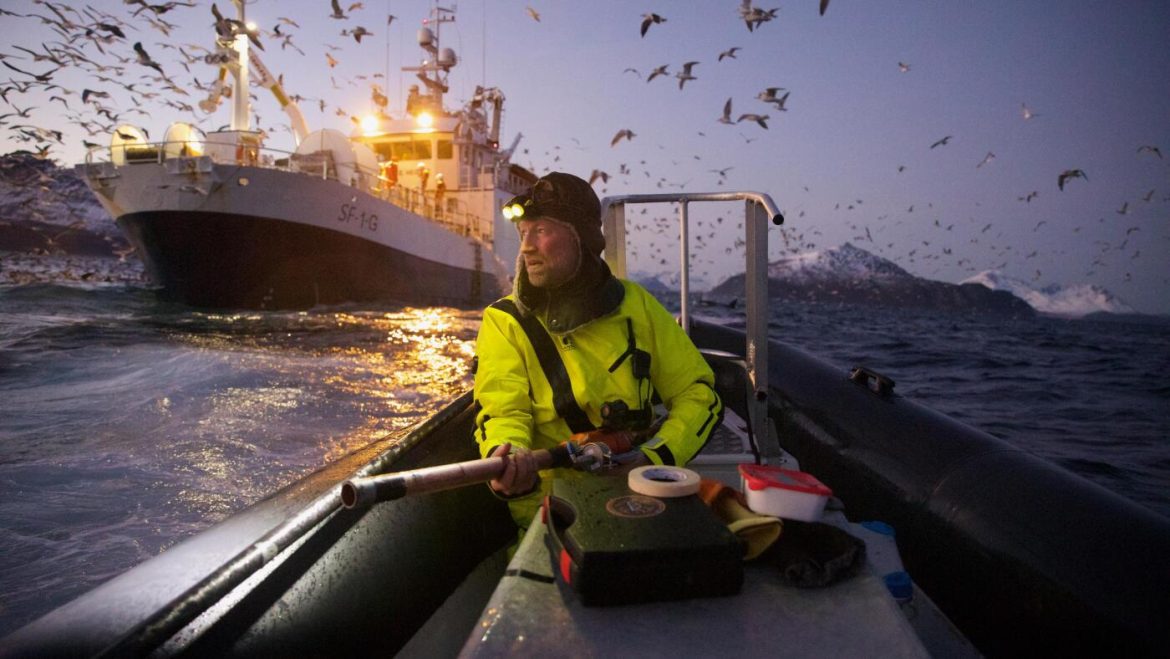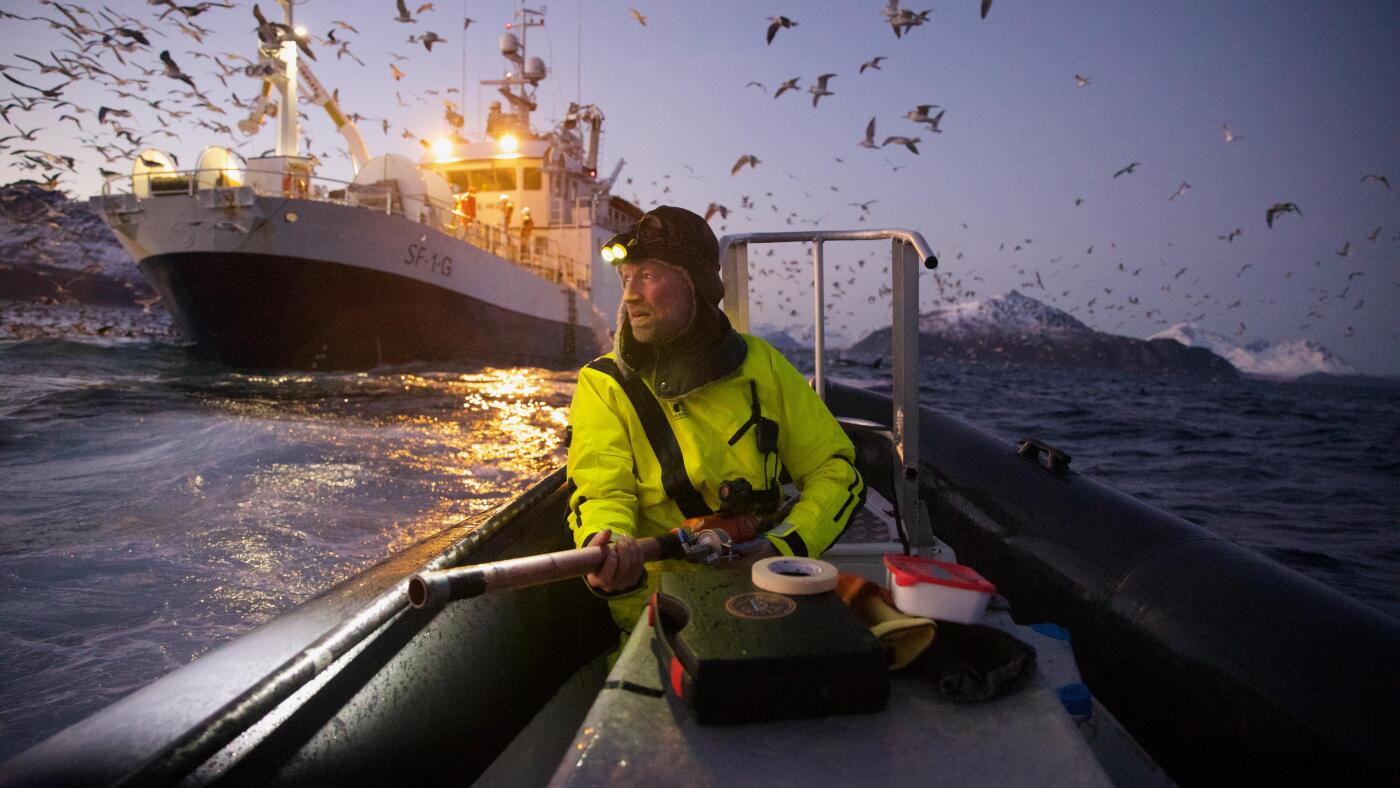Unlocking the Secrets of Science Through the Lens: The Interplay of Photography and Scientific Discovery
Photography and science share a remarkable synergy that has shaped our understanding of the natural world and expanded the horizon of human knowledge. From capturing the ethereal forms of distant galaxies to revealing the minute complexities of microscopic life, photography has been an indispensable tool for scientists. This analysis explores how photography has evolved as both an artistic medium and a critical scientific instrument, illustrating its role in discovery, communication, and the unveiling of nature’s hidden marvels.
The Dual Nature of Scientific Photography: Art and Documentation
Scientific photography sits at the intersection of art and empirical inquiry, enabling both aesthetic appreciation and rigorous documentation. Unlike casual photography, scientific imaging seeks to preserve precise details at specific moments, often beyond the capacity of the naked eye or conventional observation methods. This involves specialized techniques, including macro and microphotography, time-lapse imaging, and scientific visualization, leveraging the power of light and optics to capture phenomena invisible to ordinary perception.
For example, images from Nikon’s annual Small World competition reveal microscopic organisms such as skin cells or tape worms with vibrant clarity and artistic beauty, transforming obscure subjects into captivating visual narratives. By highlighting intricate textures and patterns, these photographs not only advance biological research but also invite a wider audience to revel in the complexity of life’s tiniest components.
Revealing the Invisible: From Photons to Black Holes
Photography extends the human vision into realms far removed from everyday experience. Recent breakthroughs, such as the first-ever detailed photographic image of a single photon, showcase how cutting-edge imaging techniques are probing the fundamental particles of light itself. This monumental achievement sheds new light on quantum physics by visually capturing a particle traditionally described solely through mathematical constructs.
Similarly, the historic imaging of a black hole’s event horizon represents a feat of precision and collaboration. Despite the object’s minuscule apparent size (comparable to a donut on the sky viewed from Earth), astronomers concocted a global telescope network to collect data, culminating in a groundbreaking photograph. This image not only confirmed theoretical expectations but also allowed scientists and the public alike to glimpse one of the universe’s most enigmatic phenomena.
Scientific Photography as a Gateway to Understanding and Wonder
Photographic representations bridge the gap between complex scientific concepts and public comprehension. They provide tangible evidence of abstract ideas and foster an emotional connection to scientific inquiry. Spaces like WonderLab highlight how photography serves as a creative nexus—part laboratory, part studio—encouraging people to visualize science differently and inspiring novel perspectives.
Moreover, by revealing patterns and basic relations within natural phenomena, artists and scientists together expose the underlying elegance of the world we inhabit. Polarized light photography, for instance, uncovers structures invisible in regular light by filtering waves in specific orientations, thus elucidating material properties or biological traits.
Historical Evolution: Photography’s Influence on Modern Science
The integration of photography into scientific practice took significant strides throughout the 20th century, particularly in the 1970s and 1980s when scholars critically examined visual representation’s role in knowledge production. Photographic images became indispensable in archaeology, biology, astronomy, and other fields, not merely as documentary tools but as instruments of analysis, hypothesis formation, and communication.
Historical science photos have fundamentally altered our worldview, marking milestones in events, discoveries, and the visualization of processes—from cellular mechanisms to cosmic phenomena. They serve as cultural artifacts that chronicle humanity’s journey of exploration and understanding.
Impact on Neuroscience and Cognitive Understanding
Recent projects funded by institutions like the NIH harness scientific photography to map brain connections with unprecedented detail. These vivid, colorful images of neural networks unlock clues about how humans process and perceive the world visually. By translating intricate biological data into comprehensible visual formats, photography accelerates advancements in medical research and cognitive science, illustrating the profound societal value of this interdisciplinary approach.
Conclusion: A Continuous Dialogue of Light and Insight
The intertwining of photography and science represents a dynamic dialogue where light, technology, and human curiosity converge to reveal the unseen and expand our collective knowledge. As scientific photographers capture from the microscopic to the cosmic, their images transcend pure data collection—they tell stories, evoke wonder, and challenge perceptions.
Whether unveiling the shape of a photon, framing the darkness of a black hole, or exposing the delicate beauty of microorganisms, photography remains a powerful catalyst for scientific revelation and artistic inspiration. This unique fusion not only enriches scientific discourse but also invites everyone to marvel at the eternal riddle of nature—rekindling our sense of amazement at the universe and our place within it.


